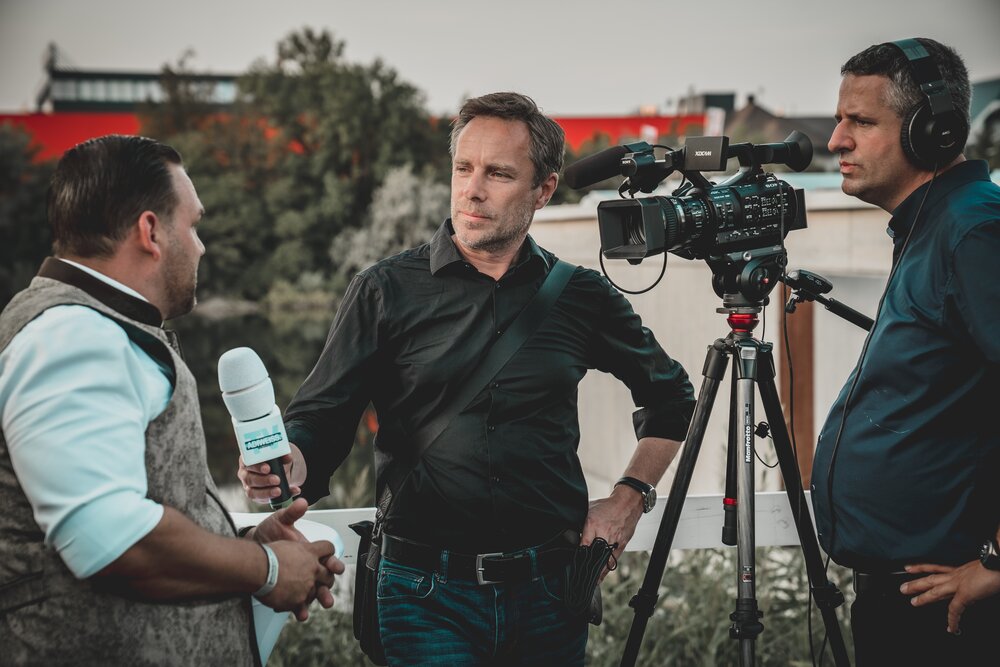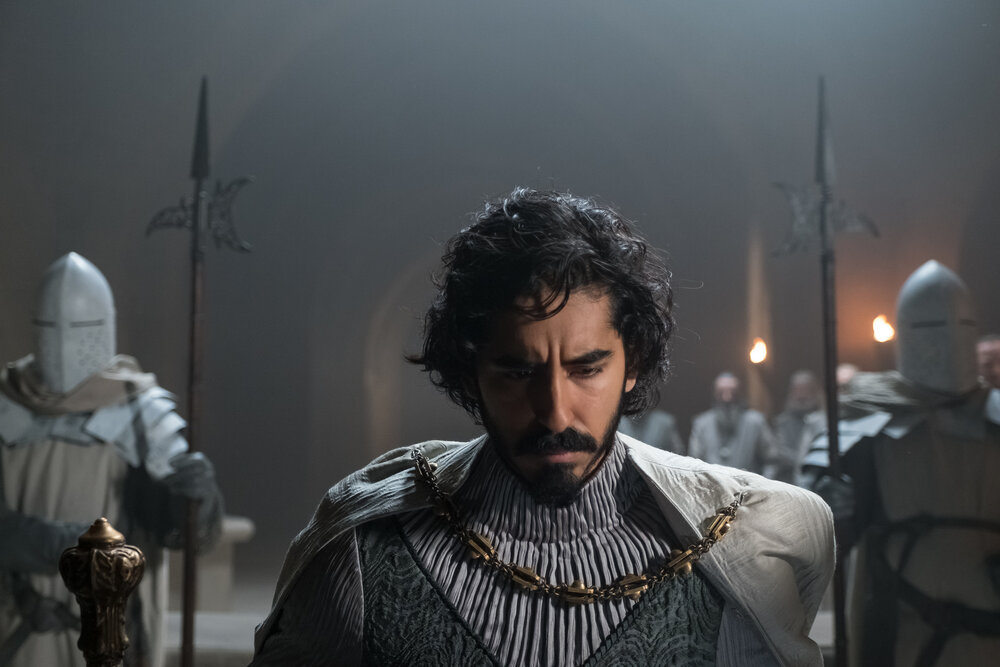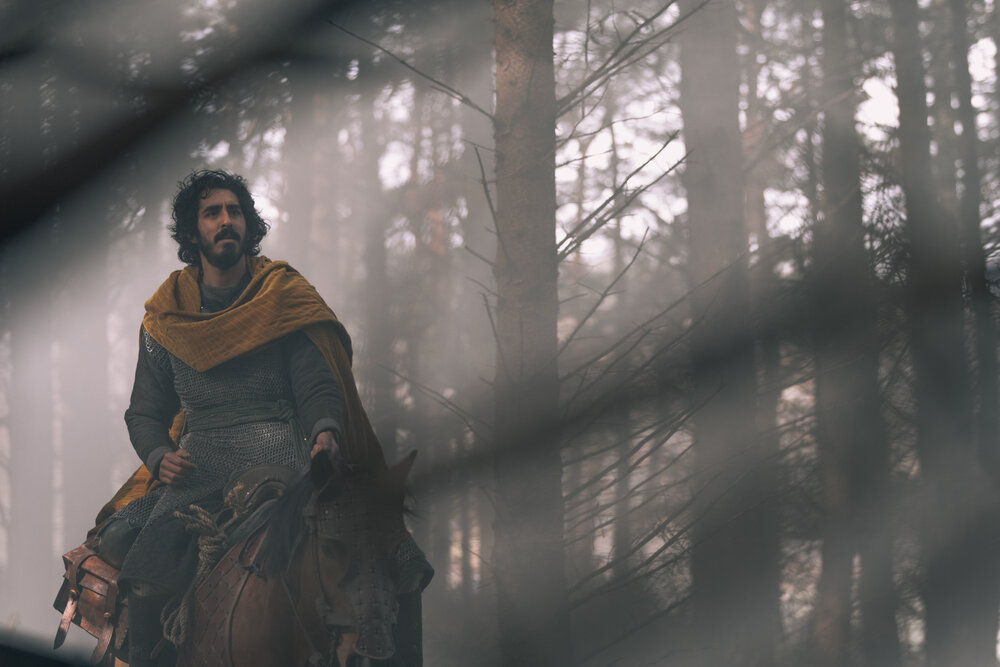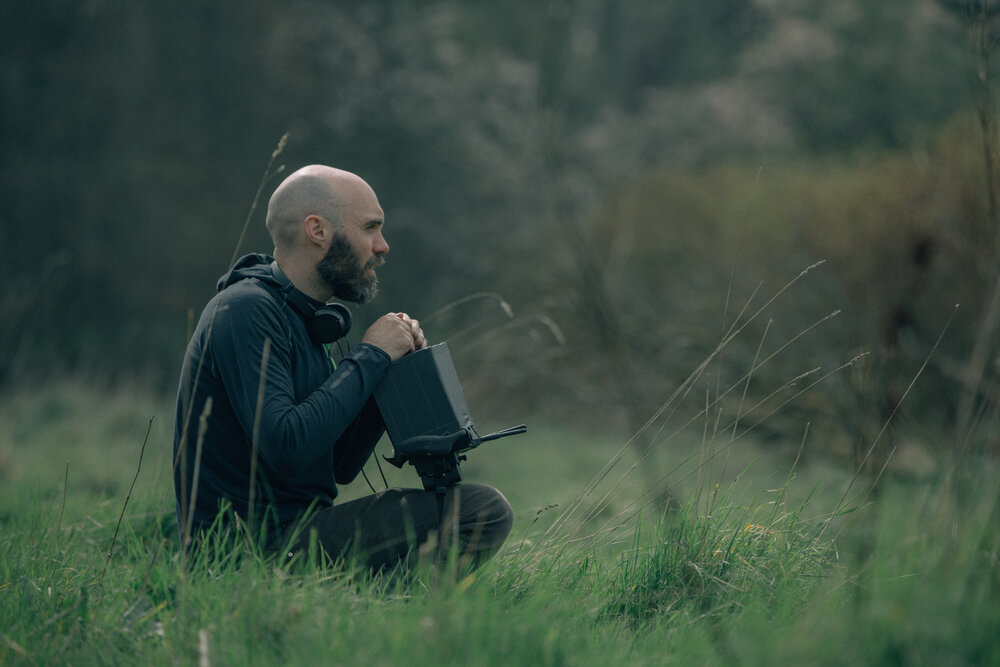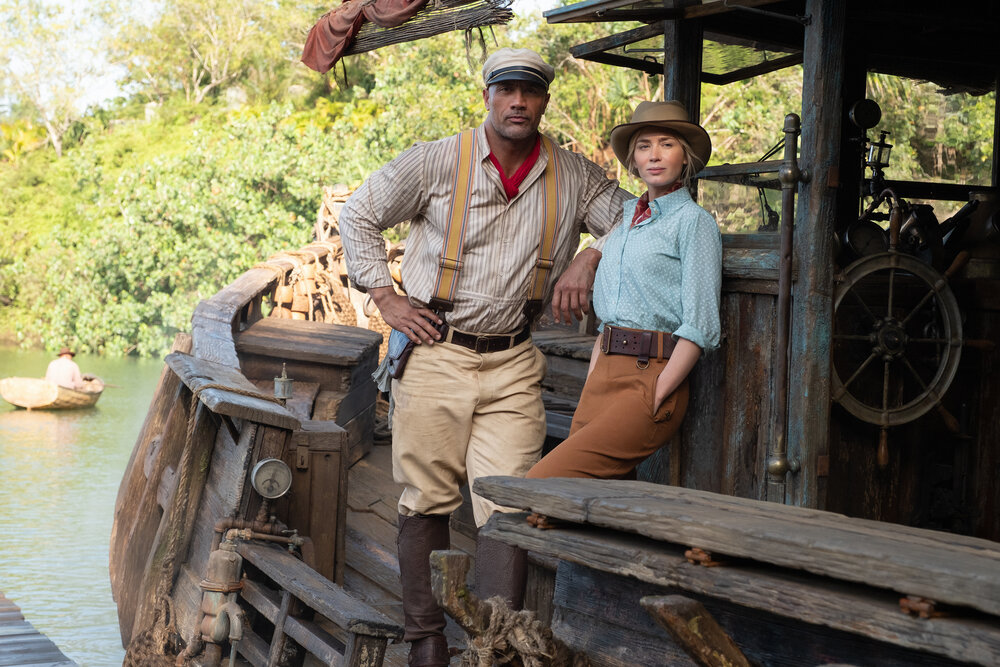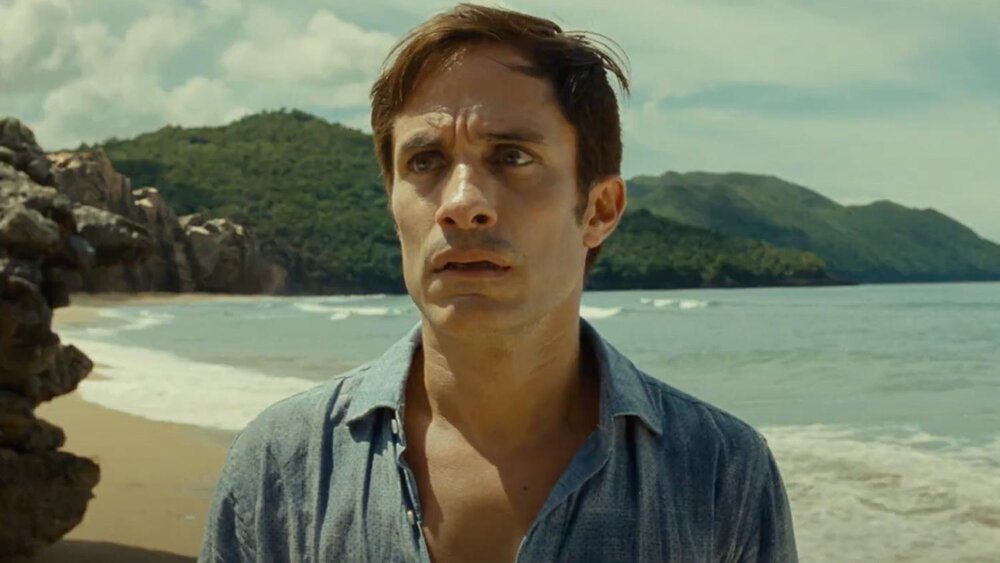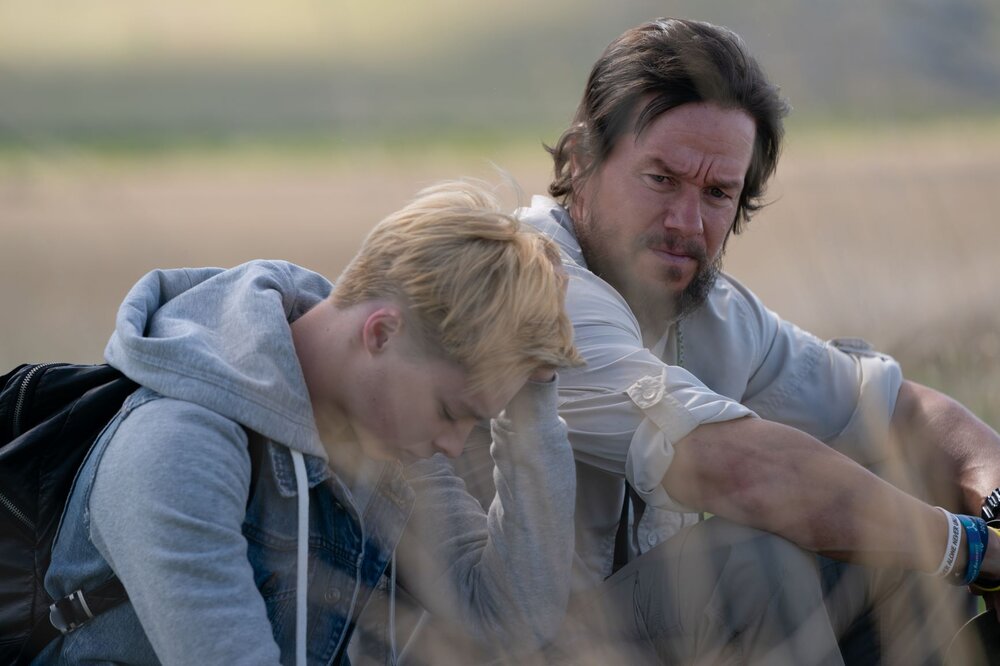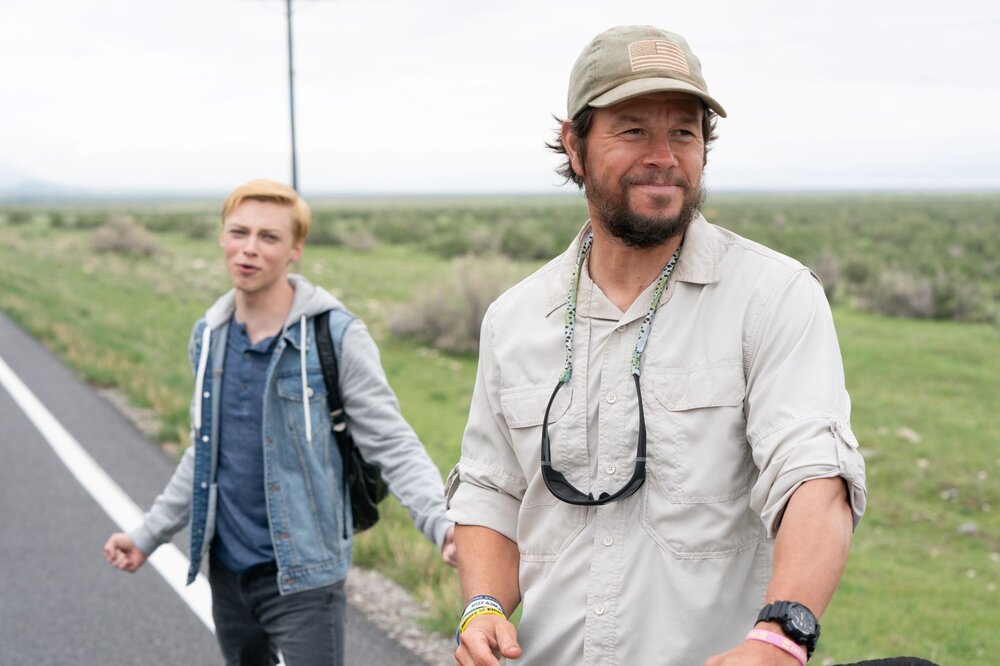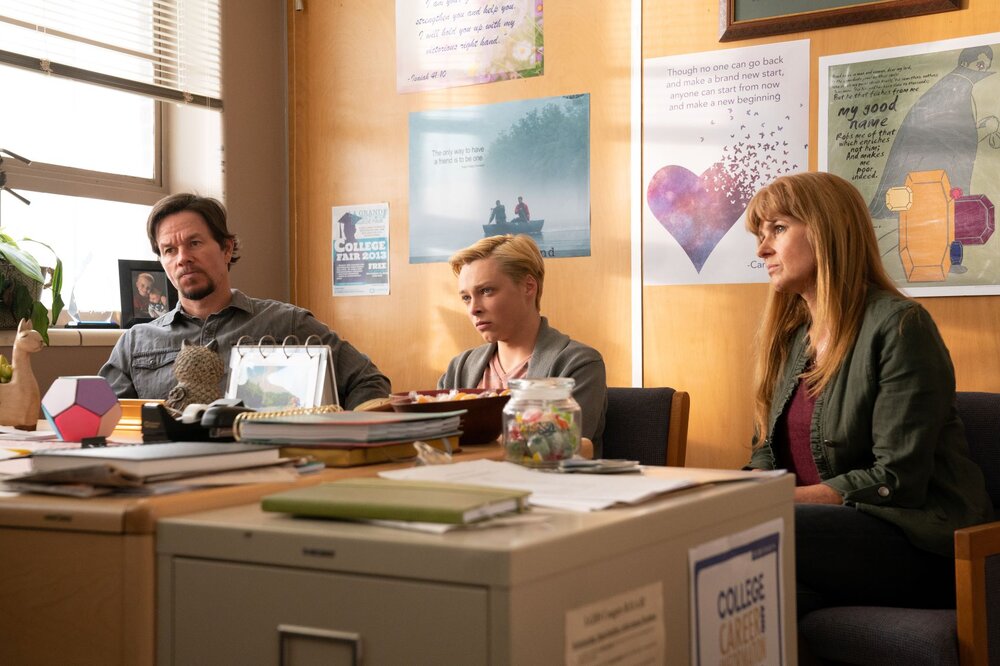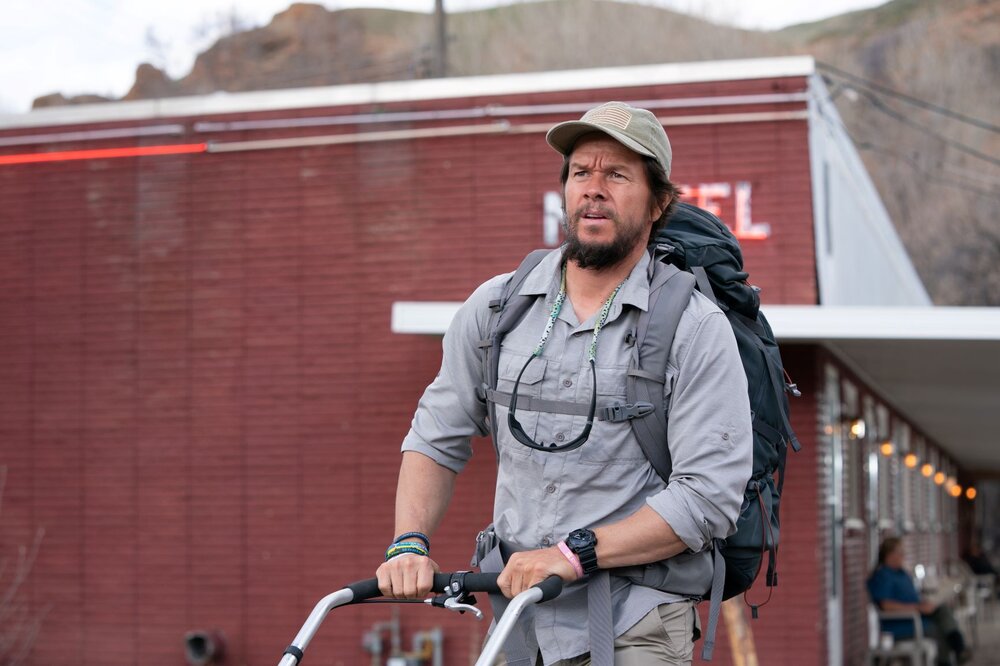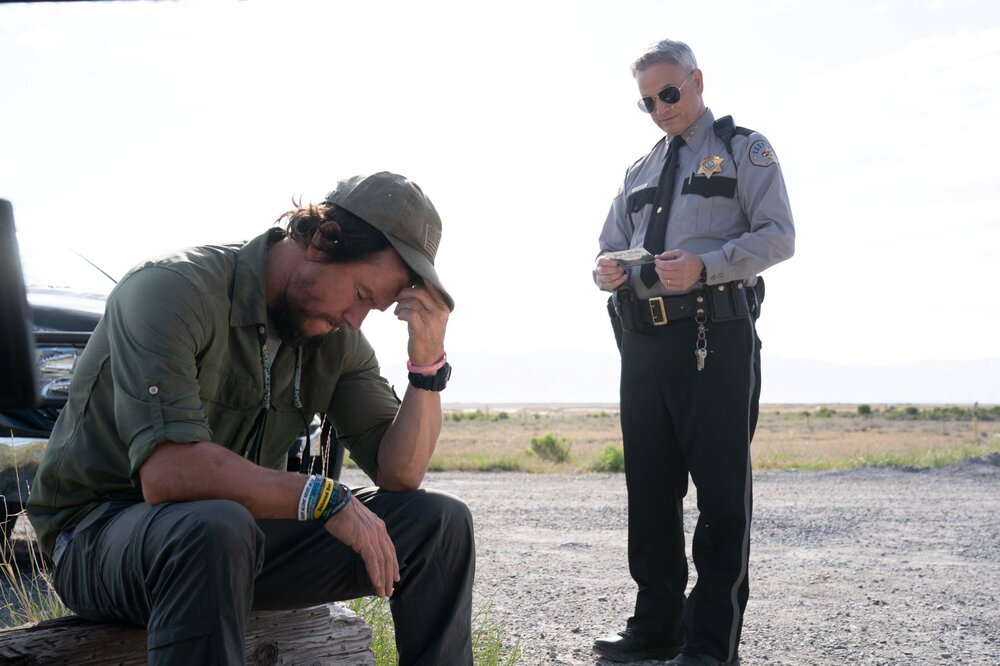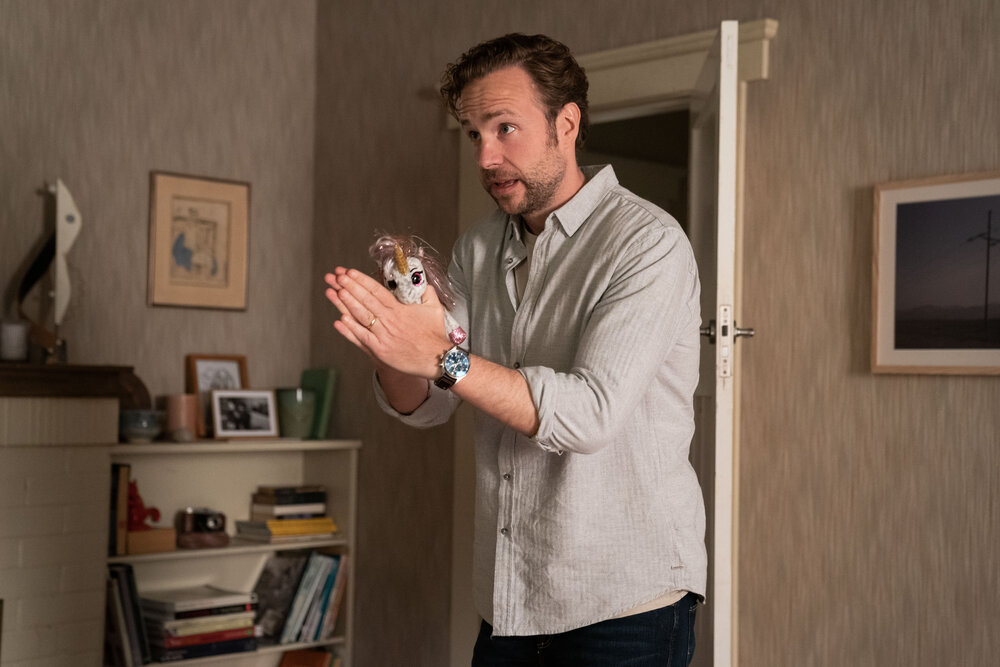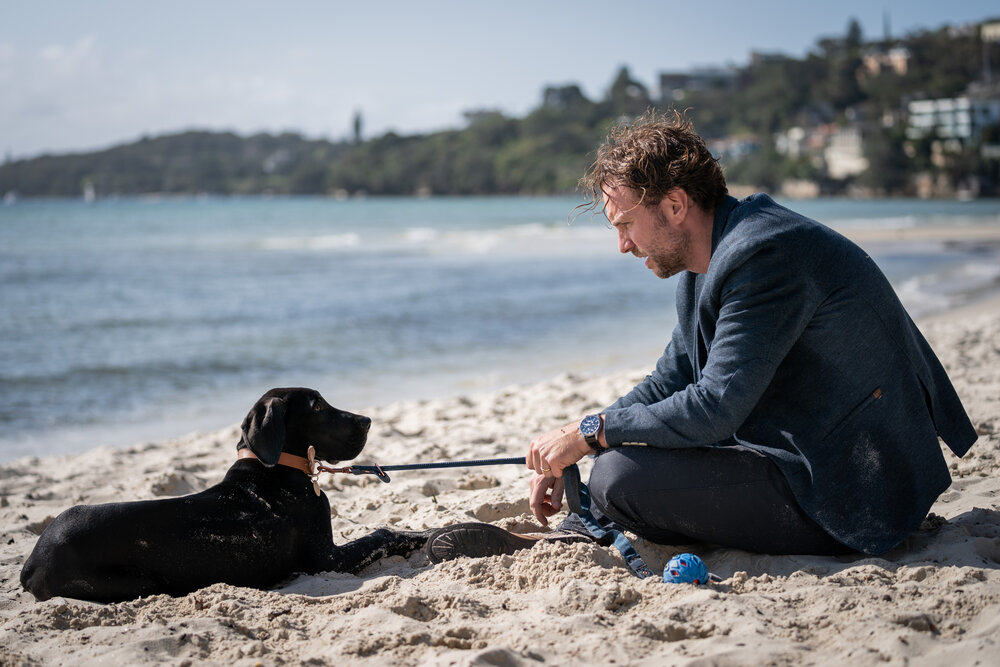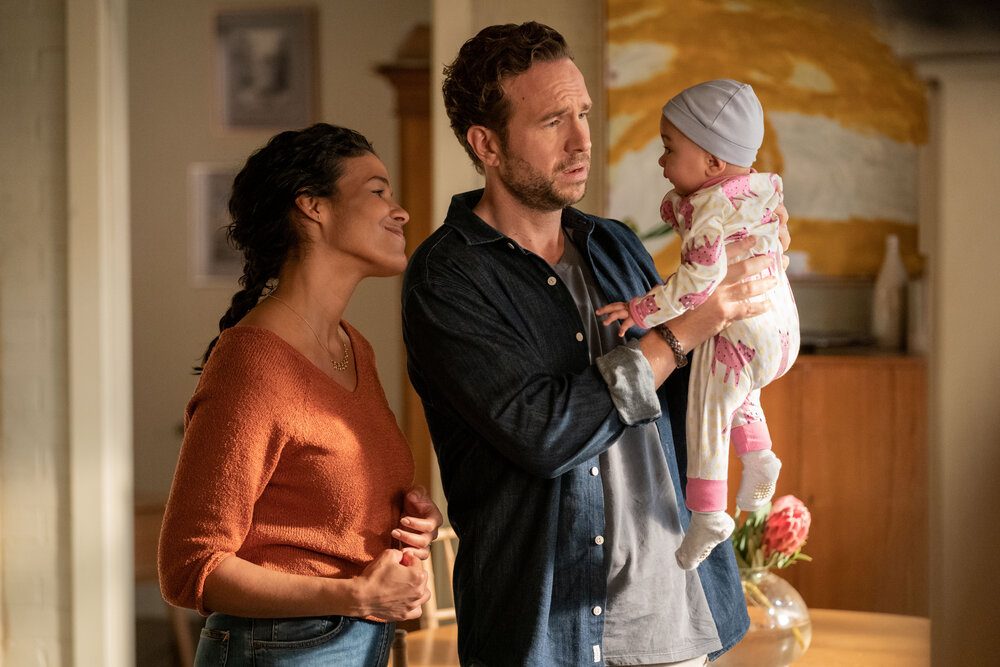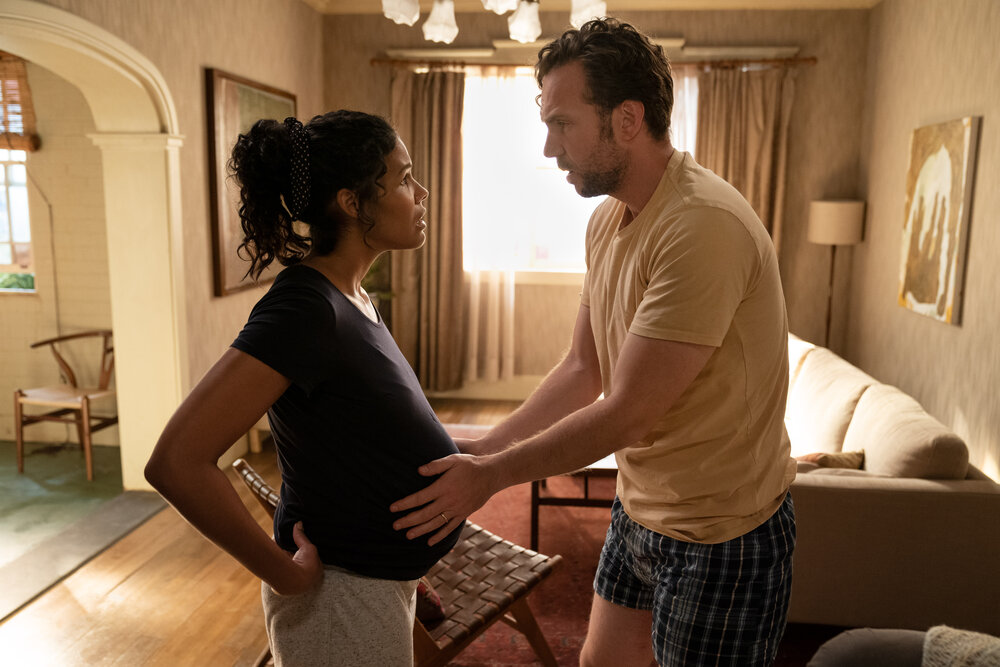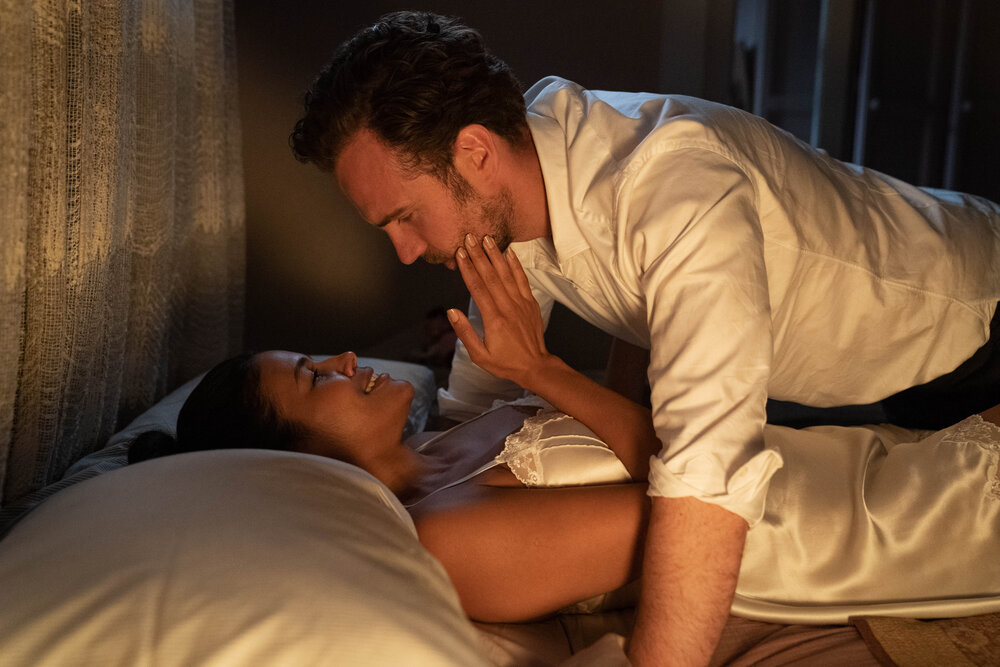
Image: https://ift.tt/3BYztud
Top Spy Films of the Last Decade
by Kevin Gardner
Suspense, intrigue, deception, … there is plenty in a good spy thriller to grip you until the heart-stopping conclusion. Some may think that the heyday of the spy film peaked in the 1960s with the James Bond franchise and its imitators. However, the genre is still alive and well, and the qualities that made spy films appealing to begin with are still woven into their DNA. If you've missed any of the top spy films from the last decade, here is your chance to catch up.
Snowden
Under the George W. Bush administration, the government starting surveilling the online activities of ordinary citizens without their knowledge or consent, ostensibly to combat terrorism. Because the government was responsible, even protection with multi-factor authentication was not enough. Edward Snowden is the whistleblower who informed the public of these illicit activities and then fled the country to live in exile. Snowden is a film by Oliver Stone that delves into the protagonist's internal struggle over whether he should reveal what he knows and face the consequences or remain silent. As students of recent history know, the real-life Snowden eventually took a third option. Regardless of your opinion of the whistleblower, however, the film is well worth seeing because of the charisma of Joseph Gordon-Levitt, one of the most talented actors of his generation, in the title role.
Argo
Like Snowden, Argo is also based on a true story. It takes place during the 1979 hostage crisis in Tehran, Iran, and tells the story of a CIA agent who undertakes the rescue of six diplomats by posing as a movie producer. Hollywood multi-hyphenate Ben Affleck directed, produced, and starred in the film, which eventually won the Academy Award for Best Picture.
Tinker, Tailor, Soldier, Spy
Not all of the best spy movies of the last decade are based on true stories. John le Carré is a legend in the world of spy novels, and Tinker, Tailor, Soldier, Spy is based on one of his most iconic works. During the Cold War, a Soviet agent infiltrated the British intelligence agency MI6. Gary Oldman plays George Smiley, a semi-retired veteran of espionage who must take on one more mission to reveal the foreign agent.
Tenet
Christopher Nolan is one of the most original, thought-provoking, and mind-bending directors working in Hollywood today. In 2010, he gave the heist movie a science-fiction twist with Inception, and 10 years later, he's done the same with the spy genre in Tenet. At stake is the beginning of World War III, and an agent so secret that the audience isn't even allowed to know his name has to go on a time-bending mission to prevent it, armed with a single word: Tenet.
Skyfall
Skyfall is the 23rd entry in the James Bond franchise, and after 50 years, the series is still going strong. A failed assignment compromises MI6 from within and without. Judy Dench's M has only one agent whom she can trust to get to the bottom of it: Daniel Craig's James Bond, who must retreat to the shadows to unravel the truth. Skyfall is known at least as well for its theme song, performed by Adele in the tradition established in the '60s by such songstresses as the legendary Shirley Bassey.
Bridge of Spies
Directed by Steven Spielberg and starring the indefatigable Tom Hanks, Bridge of Spies is another film based on a true story. Hanks plays a lawyer who must negotiate the exchange of a convicted KGB spy for a U.S. Air Force pilot shot down over Soviet territory as part of the U-2 spy mission in 1960.
Kingsman: Secret Service
Kingsman: Secret Service is based on a comic series from Marvel and directed by a comedian, so it shouldn't come as a surprise to learn that it mixes humor in with the usual thrills provided by spy films. All you need to know is that it features a star-studded cast and is an affectionate parody of James Bond and the other, more serious spy-film franchises.
The antagonists have changed, the technology has advanced, but the spy film genre is here to stay, and the newest entries are just as compelling as their predecessors.
from Review Blog - Every Movie Has a Lesson https://ift.tt/3zRaas7



















